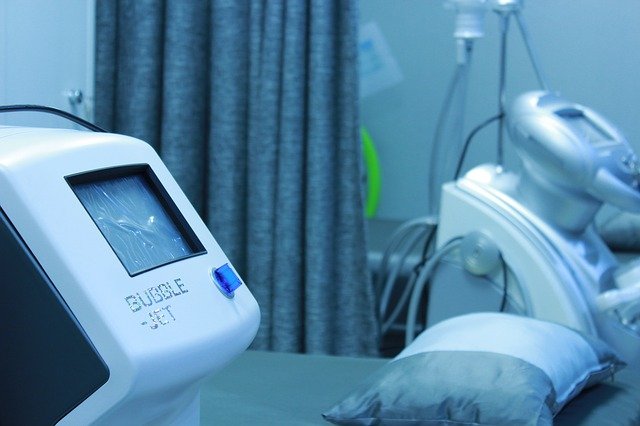Abstract
Latest advances in genetics have prompted swift progress towards the efficient identification of genes tangled in complex diseases. Still, the comprehensive understanding of the relation between the physiological and molecular mechanism of genes and how they affect disease phenotypes remains a challenge for researchers and clinicians.
Here, we wish to identify the osteoporosis disease module, i.e. the indigenous neighborhood of the interactome whose agitation is associated with osteoporosis, and endorse it for functional and pathophysiological application, using both computational and experimental methodologies. Recent studies in osteoporosis suggest that against certain genetic variations, the expression level of genes were different in both diseased and normal conditions.
The osteoporosis disease module supplemented with uncertain GWAS p-values may also contain mechanisms that are collective with other disease modules. We, therefore, constructed the gene-gene and protein-protein interaction network for 104 genes with 173 reported SNPs accompanied by GO functional enrichment and KEGG pathway enrichment analysis and recognized the substantial genes of osteoporosis along with their molecular functions. Our analyses exposed polymorphism in SOST and LRP5 as significantly conservative SNPs.
Focal points
Benchside
Robust and concise curation of raw data for osteoporosis will help to make the presymptomatic data more valuable to perform wet lab studies.
Bedside
Bioinformatics network studies are crucial in finding drug targets so it becomes necessary to process the huge data for osteoporosis to curate and produce significance targets. Further, unpredicted pathways and genes could be explored to support clinical studies.
Industry
Data from disease network studies is essential for predicting clinical and non-clinical follow-ups for better drug development.
Community
Ratification and standardization of redundant osteoporosis and gene polymorphism data helps to improvise clinical validation of drug targets. It is important that the data is upto the proper stringency level.
Government
As for the ultimate purpose of drug development, refined gene expression data is the key in developing clinical products. Financial support from government to produce and validate such products is important as with time these will help both the patients and clinicians as well.











